The True Cost of Owning a Lutino Cockatiel: Comprehensive Guide
Uncover the real costs of owning a Lutino Cockatiel, from initial purchase to food, care, and beyond. Prepare for your feathery friend.
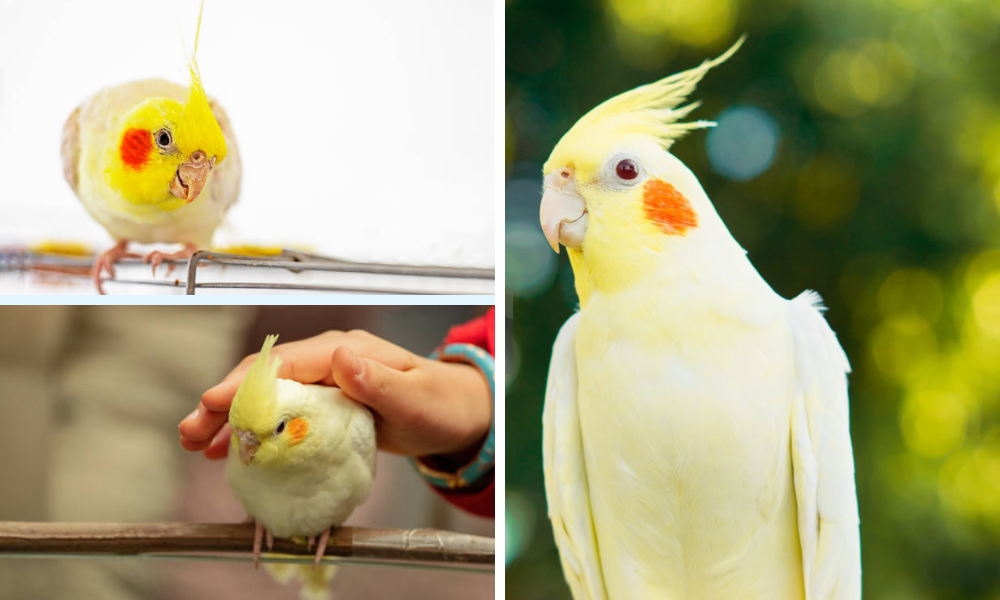
Owning a lutino cockatiel can be a rewarding experience, but it's important to understand the true cost of bringing one of these vibrant birds into your home. Lutino cockatiels, known for their stunning white plumage and red eyes, are a popular choice for bird enthusiasts and first-time bird owners alike. However, the expenses associated with their care can add up. In this comprehensive guide, we'll explore the various costs you'll encounter, from initial purchase to ongoing maintenance.
Key Takeaways:
- Understanding the initial and recurring costs of owning a lutino cockatiel is essential for prospective owners.
- Lutino cockatiels require specific care, including a suitable cage, diet, and enrichment, which can influence the overall cost.
- Health care and potential breeding considerations are additional factors that can impact the long-term expenses of owning a lutino cockatiel.
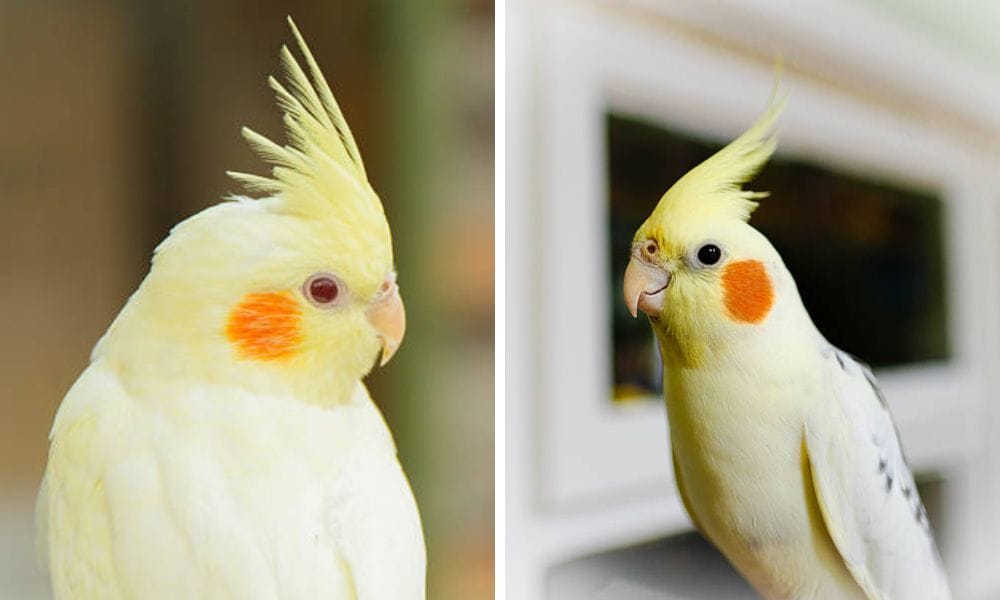
Initial Costs: Setting Up for Your Feathered Friend
When you decide to welcome a lutino cockatiel into your family, the first expense you'll encounter is the cost of the bird itself. Male lutino cockatiels and females can vary in price, often depending on their age, health, and whether they are a second cockatiel mutation or a pure lutino gene carrier. Prices can range significantly, but expect to pay anywhere from $150 to $300 for a healthy bird from a reputable breeder or aviculture specialist.
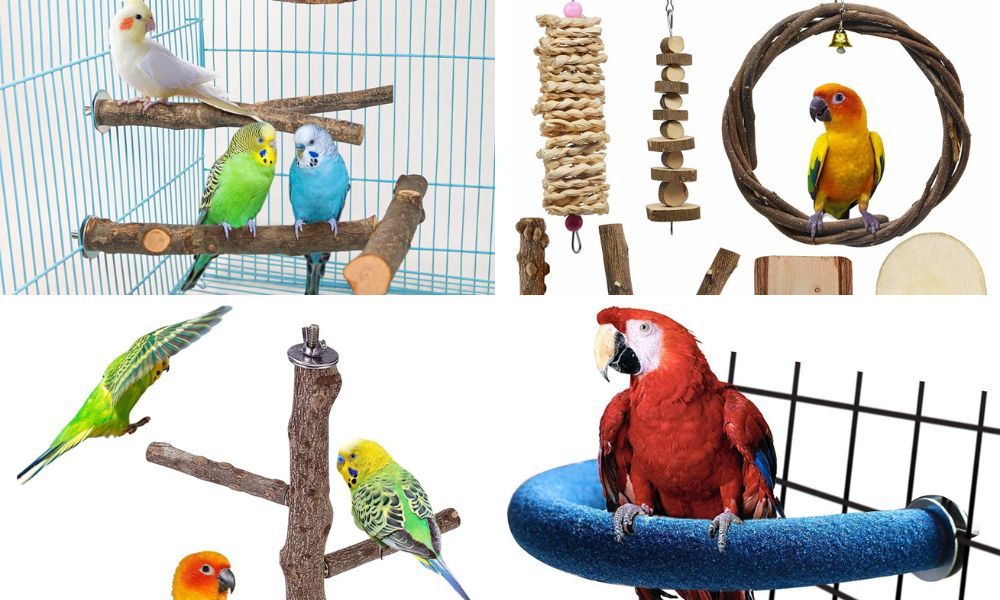
The next step is creating a comfortable living space for your new pet. A sturdy cage is non-negotiable, as cockatiels need room to spread their wings and move around. The cage should be large enough to accommodate perches, toys, a nest box if you're considering breeding, and space for food and water dishes. Depending on the size and quality, a good cage can cost between $100 and $300. Remember, the cage is a one-time investment, but it's crucial to get it right for the well-being of your cockatiel.
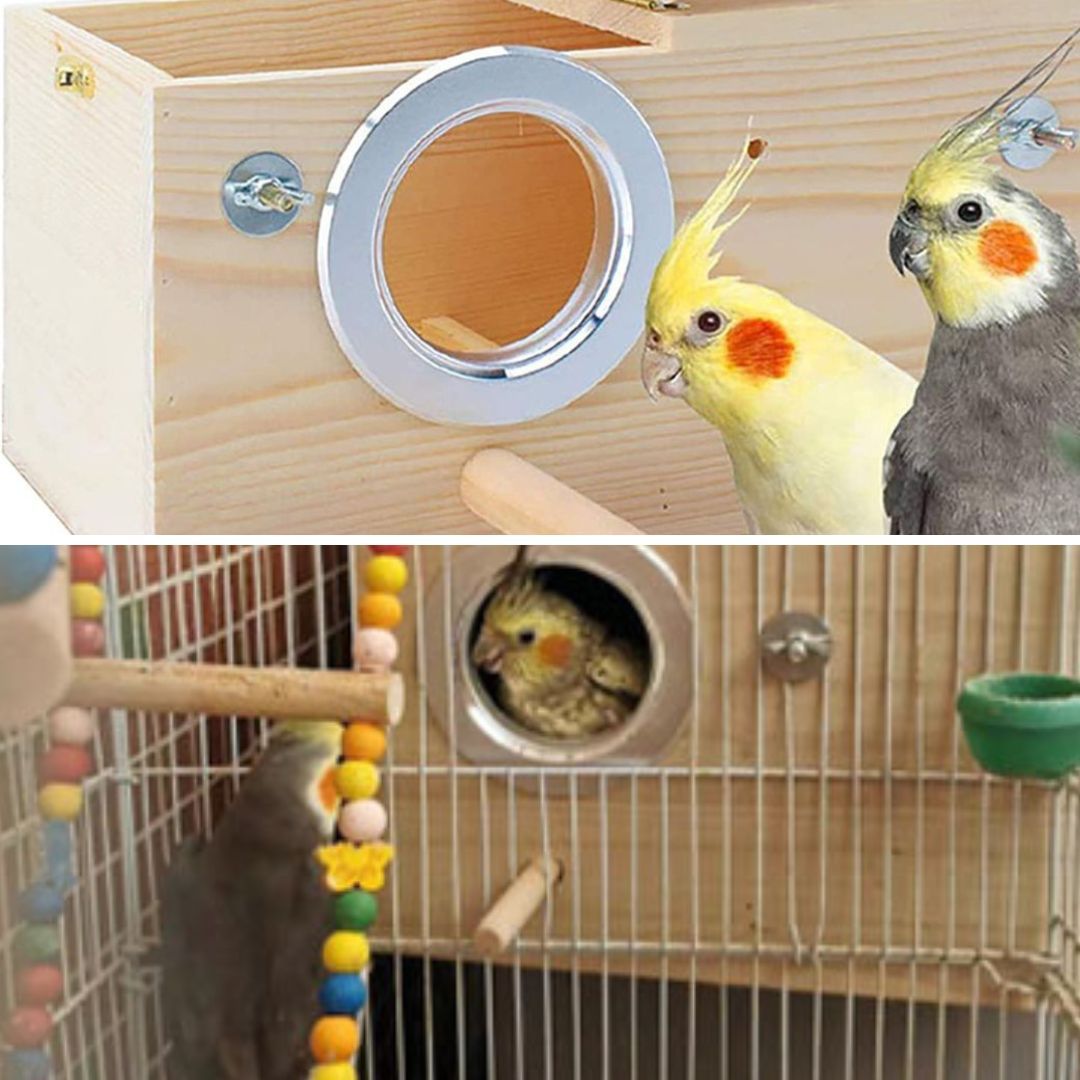
Understanding Lutino Cockatiel Mutations
Lutino cockatiels are a captivating variety of the cockatiel species, known for their striking yellow and white feathers. This color mutation is a result of a genetic variation that inhibits the production of grey pigments, allowing the yellow and orange colors to dominate. The lutino mutation is just one of several color mutations found in cockatiels, which include albino, cinnamon, pied, and pearl. These mutations can be quite rare and sought after by bird enthusiasts around the world. The lutino's bright yellow plumage, often accompanied by a vibrant orange cheek patch, makes them a popular choice among first-time bird owners who are drawn to their exotic appearance.
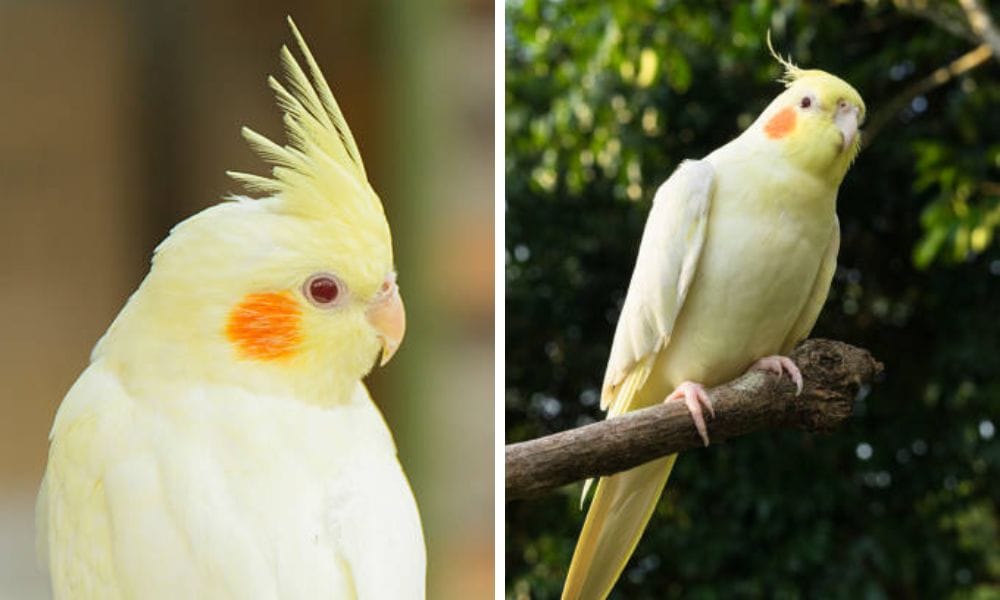
However, it's not just the color that makes these birds special. The lutino mutation can also influence behavior, with some owners noting that their lutinos tend to be more vocal. From chirping to whistling, these birds love to express themselves, and with the right training, they can even learn to mimic simple words and phrases. It's important for potential owners to understand that while the lutino's behavior isn't drastically different from other parrots, the mutation does bring a unique aspect to their personality. Whether it's the way they interact with their humans or their response to training, each lutino cockatiel can be a delightful surprise.
The Joys and Challenges of Being a First Time Bird Owner
Owning a Lutino Cockatiel can be a delightful journey, especially for a first-time bird owner. The experience is akin to adding a splash of sunshine to your daily routine with their vibrant yellow plumage and cheerful disposition. However, it's not all about the aesthetics; these birds require a commitment to understanding their needs and behaviors. Cliff Barringer, a renowned avian expert, often emphasizes the importance of patience and consistency when training your feathered companion. Whether it's mastering the basic 'step up' command or teaching them to whistle a tune, the bonding process is both rewarding and essential for a happy bird.
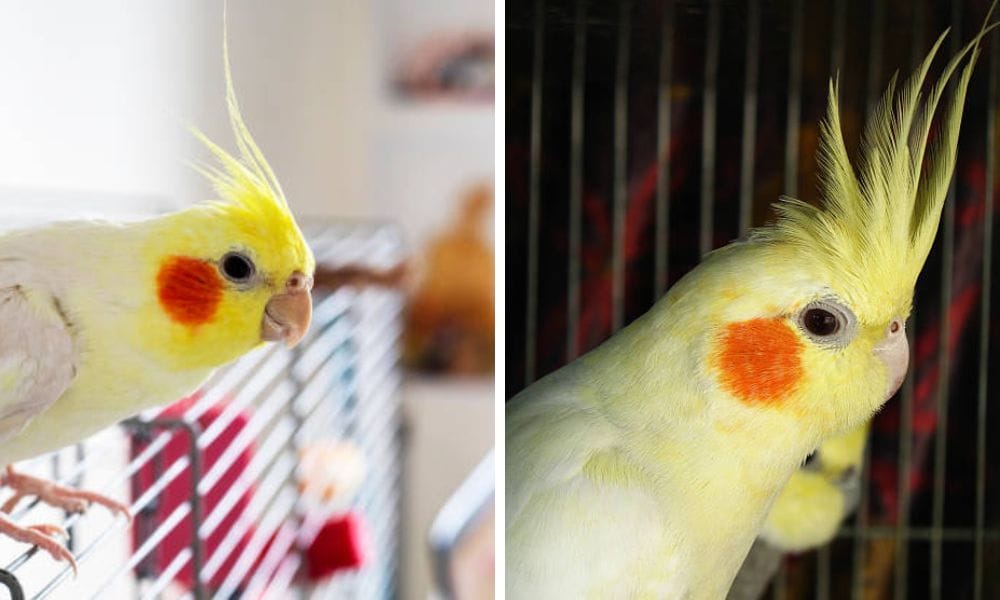
For those who are new to the avian world, the difference between a wild cockatiel and a domesticated one is substantial. Wild cockatiels are adept at survival in their natural habitat, while domesticated birds like the Lutino Cockatiel have been bred for human companionship. This breeding process has made them more dependent on human interaction and care. As a first-time bird owner, it's crucial to create a nurturing environment that mimics the social dynamics they would experience in the wild. This includes regular interaction, training sessions, and providing opportunities for your bird to talk and express its natural behaviors.
The Intriguing Genetics Behind Lutino Cockatiels and Albinism
Lutino Cockatiels are a testament to the fascinating world of avian genetics, particularly when it comes to mutations like albinism. Unlike the typical grey plumage of a wild cockatiel, Lutinos are characterized by their stunning white and yellow feathers, a result of a genetic mutation that inhibits melanin production. This mutation gives them a distinct appearance, with red eyes and a lack of the usual grey coloration. It's interesting to note that while albinism is often associated with a complete lack of pigment, Lutino Cockatiels still retain some yellow pigmentation, setting them apart from a true albino or whiteface mutation.
The whiteface mutation is another genetic variation that can be seen in cockatiels, where the bird exhibits a pure white face without the common yellow and orange markings. This mutation is particularly sought after by breeders and enthusiasts. When a Lutino Cockatiel is bred with a whiteface, the offspring can exhibit a combination of traits that may include the absence of the yellow coloration, resulting in a strikingly beautiful bird. Understanding these genetic differences is not only fascinating but also important for breeders who aim to produce specific color variations through selective breeding. It's a complex dance of genetics that can yield a myriad of visually stunning outcomes.
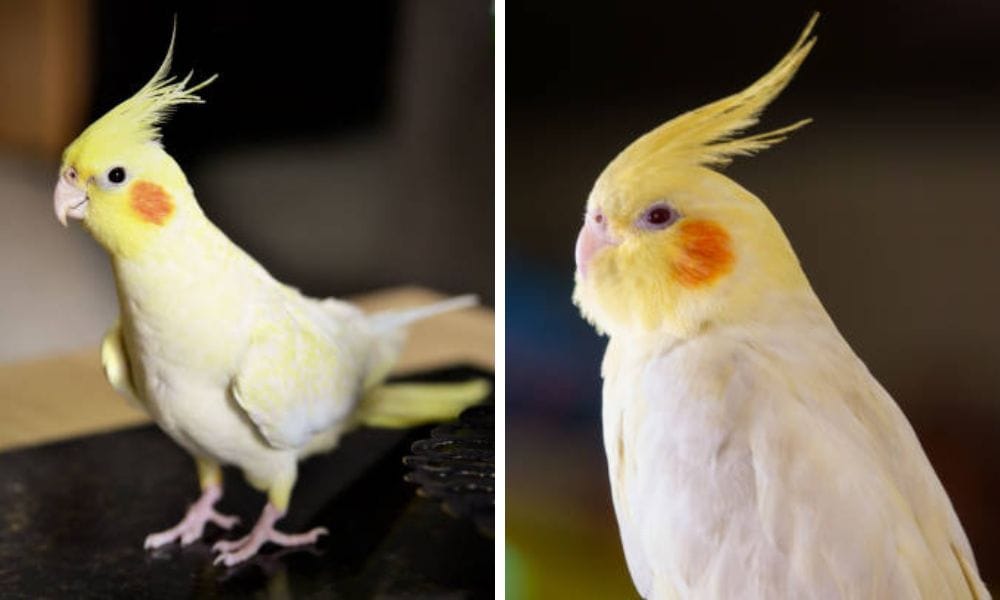
The Social Dynamics of Lutino Cockatiels
When considering the social behavior of lutino cockatiels, it's fascinating to observe the dynamics within their species and how they interact with other parrots. Despite their mutations, lutinos share many common traits with smaller birds and other cockatiel variations. They are known for their friendly and affectionate nature, often seeking attention and companionship from their owners. This social aspect is crucial for first-time bird owners to understand, as it underscores the importance of regular interaction and mental stimulation for these pets. A lutino cockatiel left alone for too long may exhibit signs of loneliness or stress, such as feather plucking or a decrease in vocalization.
In mixed aviaries, lutino cockatiels can usually coexist peacefully with other parrots, especially if they are introduced at a young age. However, it's important to watch for any signs of aggression or bullying, particularly during breeding season when males may become more territorial. The crest of a cockatiel is an obvious sign of its mood and intentions; a raised crest can indicate curiosity or excitement, while a flattened crest might be a sign of aggression or fear. Understanding these subtle cues in their behavior can help owners create a harmonious environment for their lutino cockatiels and other feathered companions.
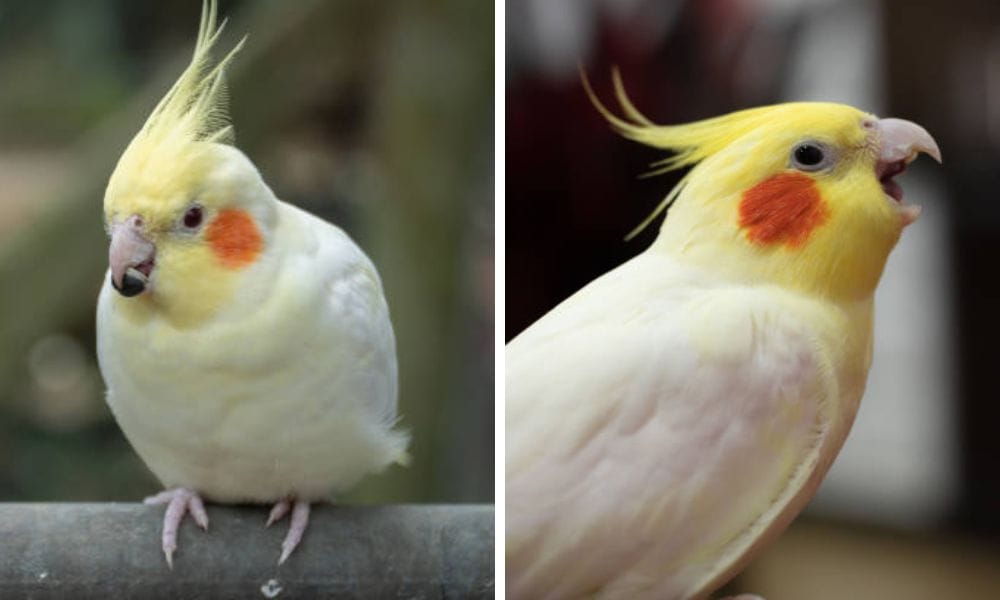
Recurring Expenses: The Cost of Care
Once your lutino cockatiel is comfortably housed, you'll need to consider the ongoing costs of care. A balanced diet is essential for keeping your bird healthy. Cockatiels thrive on a mix of seeds, pellets, and fresh foods like fruit and vegetables. High-quality pellets should form the basis of their diet, supplemented with a variety of other foods to ensure they receive all the necessary nutrients. Budget around $20 to $40 per month for a nutritious diet.
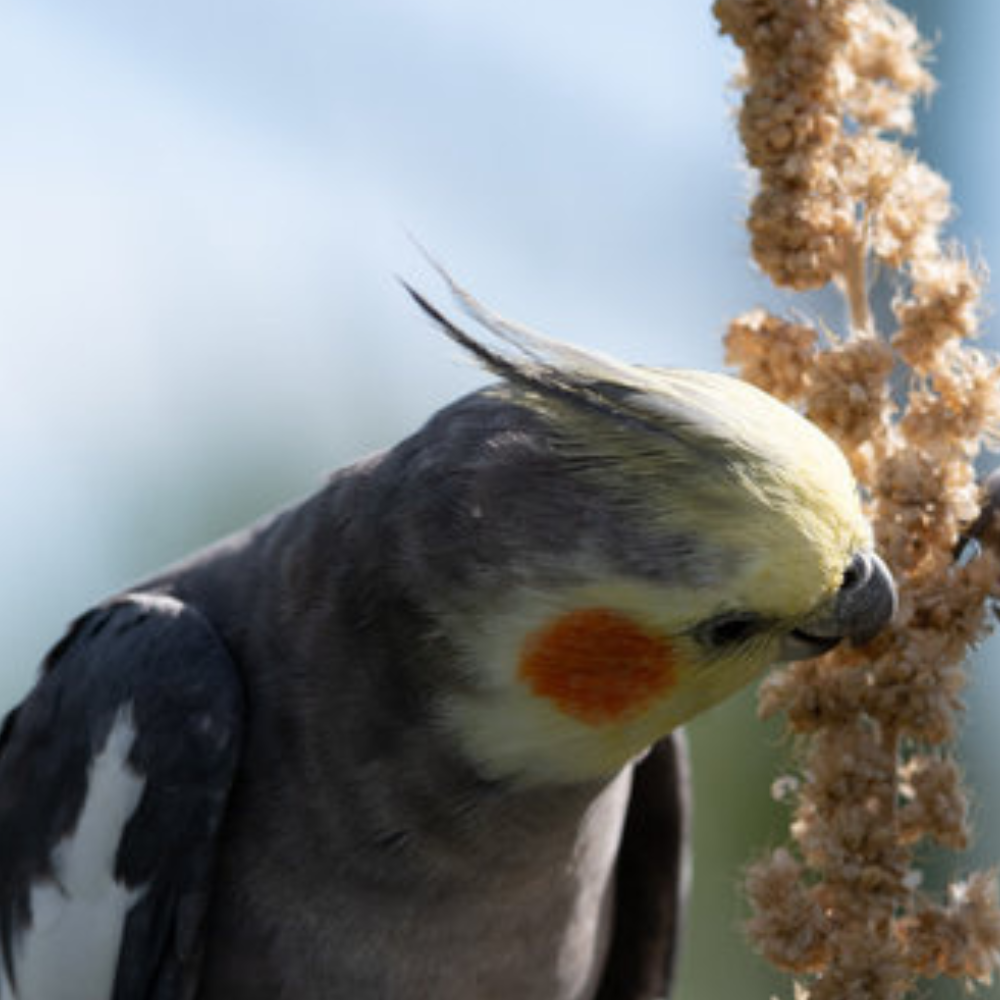
Toys and enrichment are also vital for these intelligent and inquisitive birds. They love to play and explore, so providing a variety of toys, such as bells, ropes, and ladders, is important for their mental health. Toys need to be rotated regularly to keep your cockatiel interested and engaged. The cost of toys can vary, but setting aside $10 to $30 a month will allow you to keep a fresh supply.
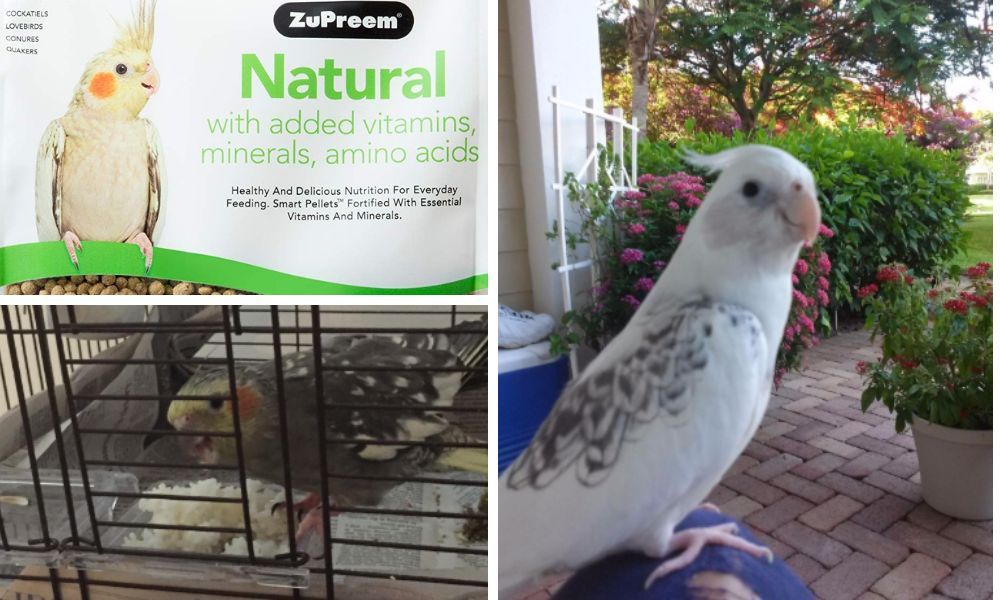
Health Care: An Investment in Well-being
Veterinary care is an often overlooked aspect of pet ownership, but it's a critical component of the true cost of owning a lutino cockatiel. Regular check-ups with an avian vet can help catch any health issues early, and vaccinations or treatments for common ailments like mites or respiratory infections should be factored into your budget. An annual vet visit can cost between $50 and $100, with additional funds needed for any unexpected illnesses or emergencies.
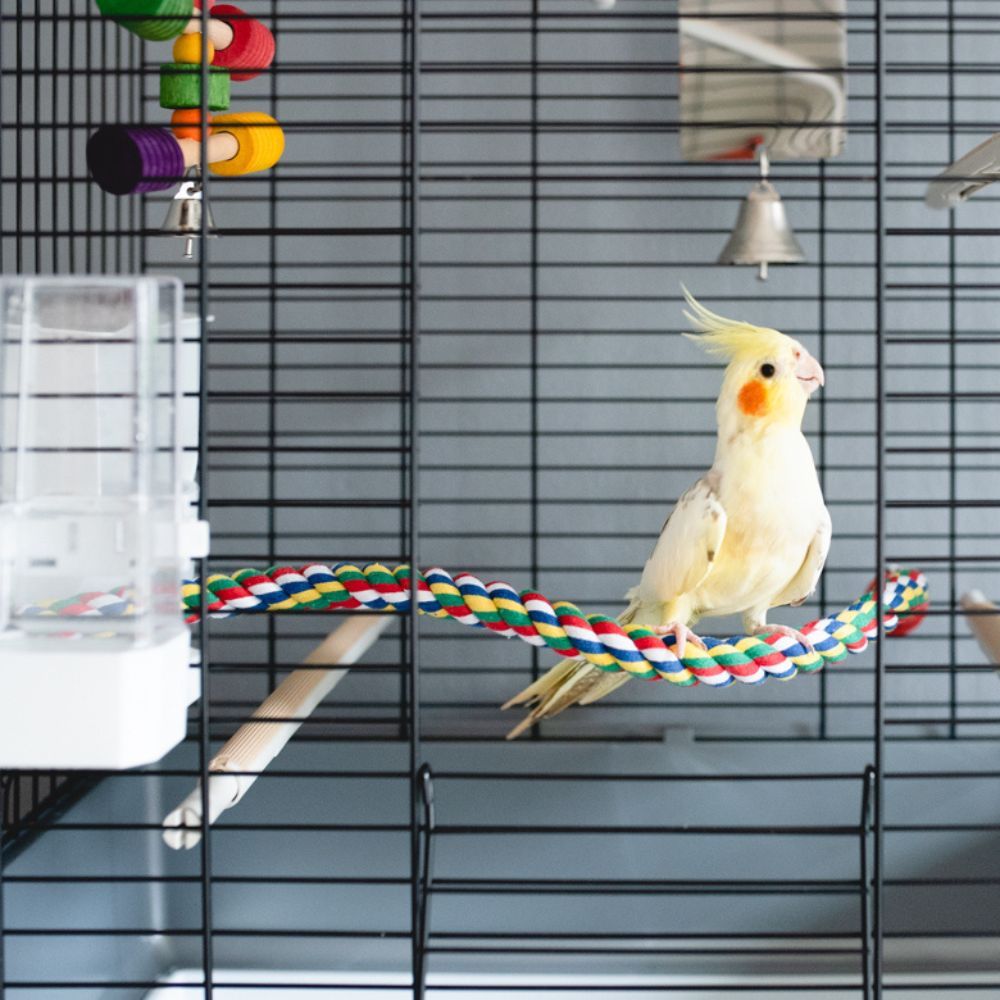
If you're considering breeding your lutino cockatiel, be prepared for additional costs. Breeding requires a suitable mate, a proper nesting environment, and potential vet care for the female during egg-laying and hatching. The cost of breeding can quickly escalate, especially if complications arise, so it's important to consider whether you're ready for the financial commitment.
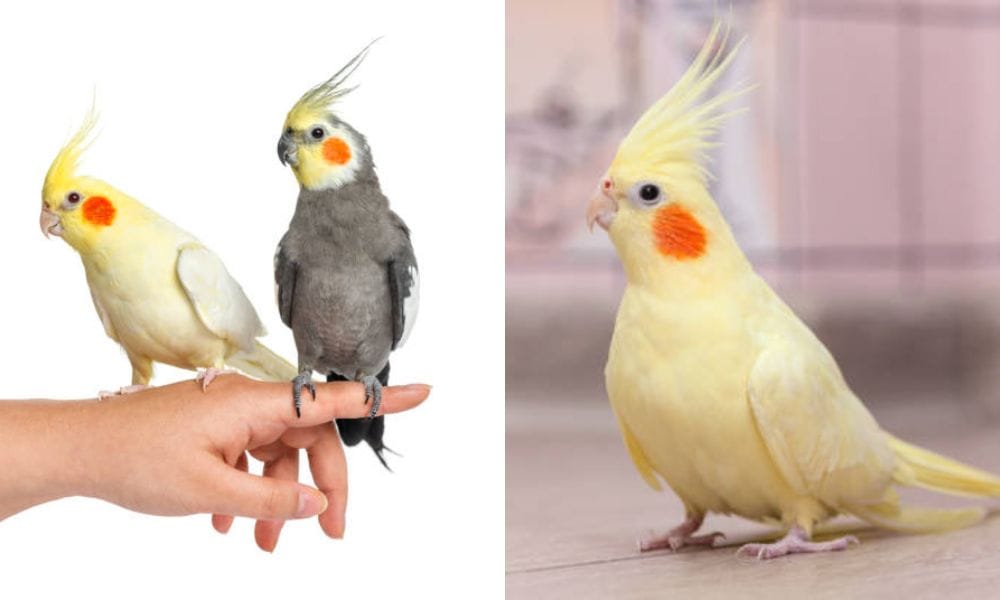
Summary
The true cost of owning a lutino cockatiel encompasses more than just the purchase price of the bird. Initial setup costs for a cage and accessories, ongoing expenses for food, toys, and enrichment, and the necessary investment in health care all contribute to the overall financial responsibility of owning one of these beautiful birds. By understanding these costs upfront, you can ensure that you're fully prepared to provide a loving and supportive home for your lutino cockatiel.
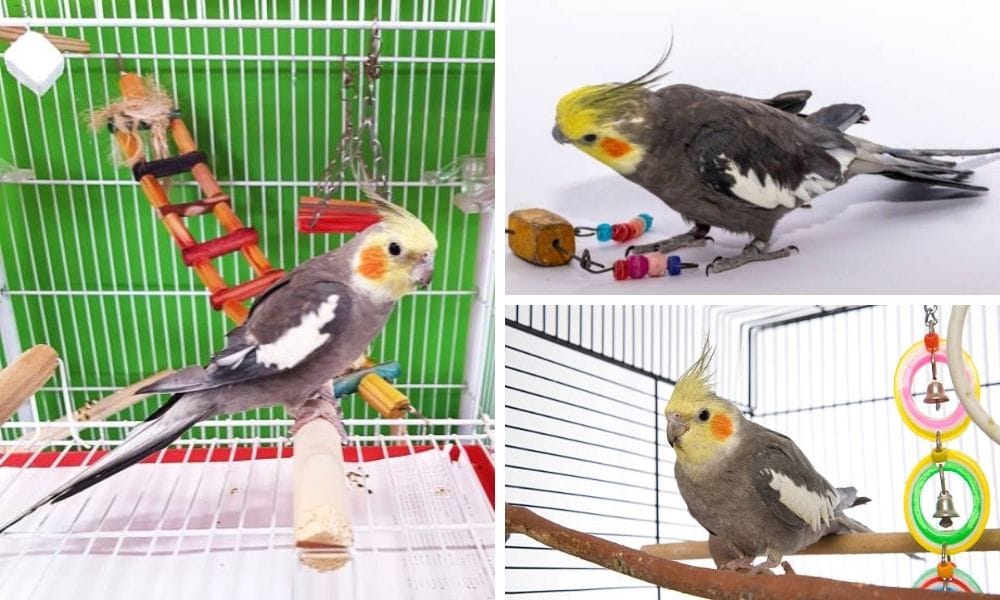
FAQ Section
Q: How much does a lutino cockatiel cost? A: The price of a lutino cockatiel can vary, but typically ranges from $150 to $300, depending on factors such as age, health, and pedigree.
Q: What are the monthly costs of owning a lutino cockatiel? A: Monthly costs can include food, toys, and occasional vet visits. Expect to spend around $30 to $70 per month on these recurring expenses.
Q: Is it expensive to breed lutino cockatiels? A: Breeding lutino cockatiels can be costly due to the need for a proper nesting environment, potential vet care, and the time and resources required to care for the chicks. It's important to research and budget accordingly if you plan to breed your cockatiel.

